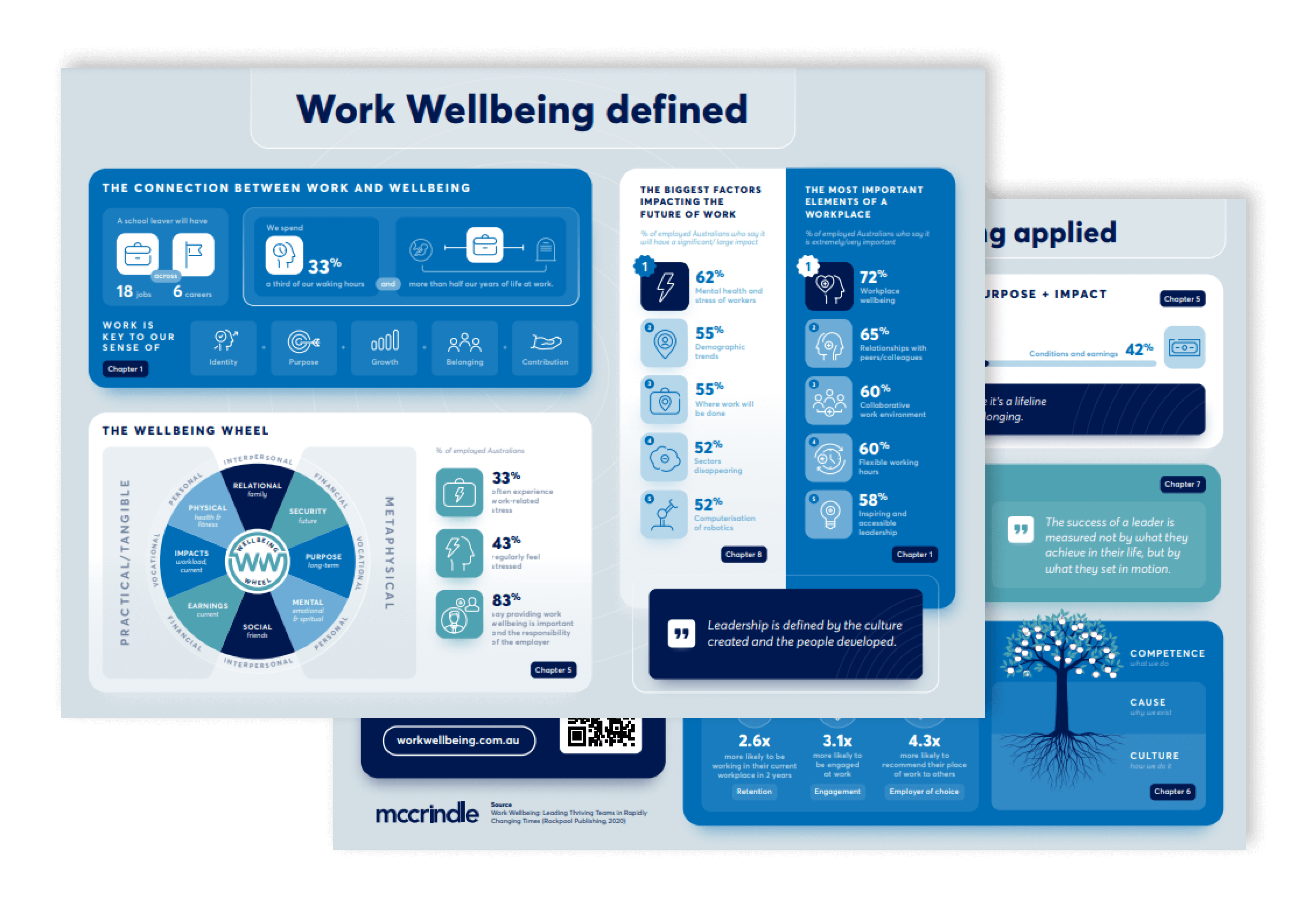ARTICLE
The who, what, where and how of leadership

Leadership can be difficult to define. Author John C. Maxwell gave a helpful definition when he said, ‘Leadership is influence, nothing more, nothing less.’ He notes that as every person on the planet has some level of influence, so everyone is a leader. Just as we are all leaders, so we are all followers. You may lead your family at home but have a boss that you follow at work. You may captain a netball team, but you are subject to the rules of the game, the calls made by the umpire and the direction given by the coach.
The environment in which leaders are leading is changing. In an effort to explain the extent of change we have seen in recent times, we often hear words such as ‘disruption’, ‘megatrends’ and ‘unprecedented’ to describe it. Leaders today need to be responsive to the changing times, and the changing cultures, generations, backgrounds and expectations that comprise workplaces, teams, communities and families. Understanding the what, where, who and why of leadership is a good starting point.
The ‘what’ of leadership
Leadership has changed over time to reflect the changing context. The history of leadership showed that leaders had to earn the rank, authority, and title of being a leader. Today, leadership has moved from being about power to being about empowering others. It’s moved from being about the structures, the badge, and the rank to being about influence.
In a world of social media, anyone can have their influence amplified. This has shifted leadership from being top down, to bottom up. We even see leadership qualities emerging in the next generation from a young age. Children are given opportunities to lead in the primary school years. Another example of how leadership has changed is in the military. While there still needs to be a chain of command in how a military operates, good military leaders don’t just use harshness with the troops. Rather, they understand the dignity of the individual and cut across the ranks to connect. This shows that even in one of the most hierarchical historical institutions, leadership no longer relies on rank and power.

The where of leadership
A changing world has shifted where we lead. It used to be that you required proximity to have influence. You needed to be in the same physical place to interact and lead. Not so today. In this new work-from-home environment, the people we lead may not be physically present with us. We’ve got global teams, we’re far more diverse, and sometimes we need to bridge gaps. And it could be that we lead our peers or manage up and lead other leaders as they give direction and feedback.
This reflects a shift in the culture of the office, the mainstay of where and how we interact. The global nature of it means that it’s not only the what of leadership that is changing but also that the way in which we lead is changing.
The who of leadership
An essential part of leadership is understanding who you are leading. We need to communicate in ways that make sense to the individual. If they’re not responding to how we’re communicating, then we need to change how we communicate. The onus is on the communicator. That requires us to understand our people and understand those that we are leading. Generational shifts are substantial and one of the biggest areas that is leading to changes in leadership. What worked in the 1990s may not apply to Generation Z and Generation Alpha, who have been empowered from a young age with leadership themselves.
It used to be that there were leaders and there were followers. However, a lot of leaders are followers. A lot of team members have had some leadership experience, so we are leading people who are leaders themselves, and who are wanting a voice and a bit of influence. These younger generations are intuitive to this century and are attuned to new technology. They can connect better with their peers and generation. This provides even more of a case for leaders to bring them on that leadership journey and empower them in the very process. The change in who is being led is changing everything. And that’s why we all need to adjust and adapt and not just rely on the leadership style we first embraced or experienced.
The why of leadership
Leadership today is moving away from the traditional focus on process, projects and objectives, to a focus on people and enlarging and growing them. There has been a shift from task and productivity to team centricity and a focus on growing team capacity, individual development and empowering others. This shift also means a move to a long-term focus rather than just short-term outcomes. A shift away from focusing on the department/organisation to broader social and people impacts.
The leadership opportunity today is to have a broader perspective. It’s easy for leaders to be focussed on outcomes for the organisation. This is natural, because it is a part of their responsibility. But our research suggests great leadership needs to focus on the broader impact and community. Great leaders are focused on growing their team and ensuring they have greater outcomes. It’s not just about productivity and process. And I find that younger people today bring that broader perspective. They think about the social impacts. They’re aware of global outcomes and impacts, and they are attuned to bringing about flourishing for their team and those beyond the customer.





